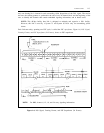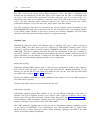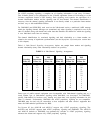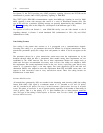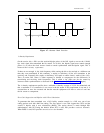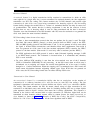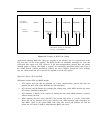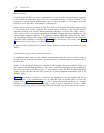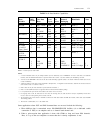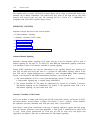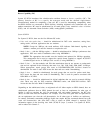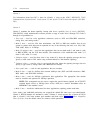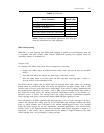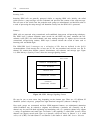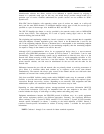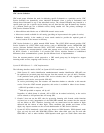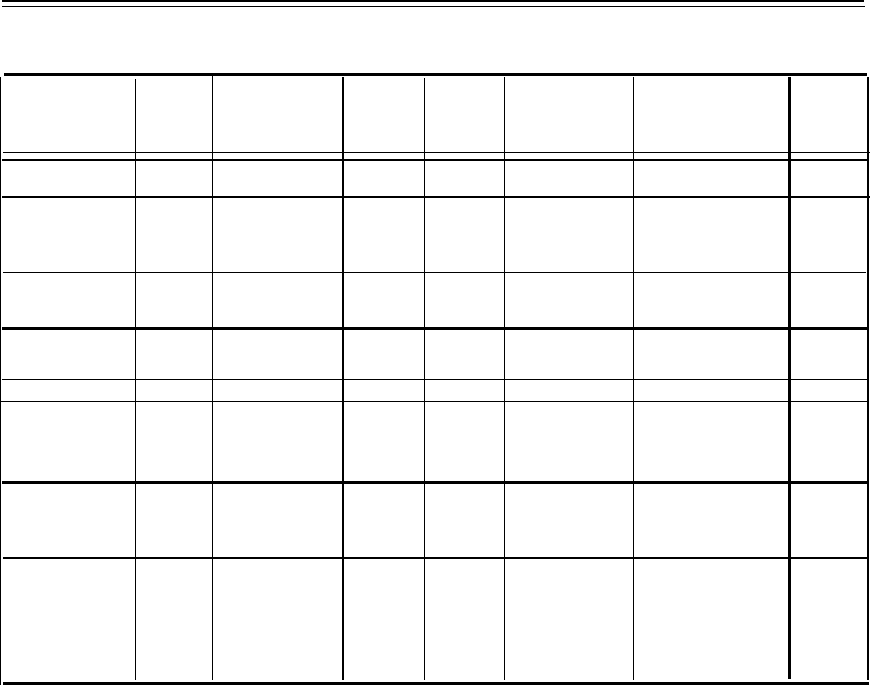
INTRODUCTION
1-21
TABLE 1-2. Data-Module Capabilities
Data
Module
DMI
Mode
User Data
Rate
Sync/
Async
Bit
Invert
Protocol
Packaging
Handshake
Notes
DTDM
MPDM
2
0
1
2
300 - 19.2K
64K
56K
to 19.2K
both
sync
sync
both
yes
yes
no
yes
HDLC
no
DDS
HDLC
mode 2
mode 2
mode 2
yes
1, 9
MPDM/M1*
3270 A
3270 T
PC/PBX
w/ASCII
Term Emul
1
2
2
3
3
2
3
56K
to 19.2K
to 19.2K
64K
64K
to 19.2K
64K
sync
both
both
sync
sync
both
sync
no
yes
yes
yes
yes
yes
yes
DDS
HDLC
HDLC
LAPD
LAPD
HDLC
LAPD
no
no
mode 3/2 adapt
mode 3/2 adapt
mode 3
mode 3/2 adapt
mode 3/2 adapt
2, 9
3
4
5
PC/PBX
w/3270
Emulation
7500
UDM-T
3
0
1
2
3
64K
64K
56K
to 19.2K
64K
sync
sync
sync
both
sync
yes
no
no
yes
yes
LAPD
no
DDS
HDLC
LAPD/X.25
mode 3
no
no
mode 2
mode 3/2 adapt
6
3
7, 8
MPDM — modular processor data module
NOTES:
1.
2.
3.
4.
5.
6.
7.
8.
9.
A mode-2 handshake works only on 64K-bps facilities (such as robbed-bit). (Use an MPDM/M1* for mode-1 calls made over robbed-bit
facilities.) Since an ISDN-PRI link between a System 85 R2V4 and a Generic 1 uses these facilities, this handshaking will work.
You must use the MPDM/M1* when the far end data circuit-terminating equipment (DCE) is not another AT&T data module (does not do
a mode-2 handshake).
“Mode 3/2 adaptive” means that a mode-3 handshake is attempted first. An algorithm is then followed to determine the far-end's mode and
either switch to mode 2 or continue in mode 3.
Mode-3 data can only be circuit switched in System 85 R2V4 and Generic 1.
Mode 2 on the PC/PBX Connection is supported under the ASCII terminal emulation package.
It is expected that an option switch will be added to the 7500 to invert or not invert.
On outgoing mode-3 calls, the 7500 does not invert bits. On incoming calls, the 7500 checks the low-layer compatibility IE and either
inverts or does not invert depending on the contents of the IE.
The algorithm for the mode 3/mode 2 handshake is different for DCP data modules and BRI data modules, which could cause DCP/BRl
interworking problems.
Bit inversion is administrable; “no” is the default value.
Some applications where DCP and DMI formatted data are not used include the following:
a. When 64K-bps data is transmitted across DS1/DMI/ISDN-PRI facilities (via a dedicated switch
connection or DSC) to an endpoint such as a channel bank channel unit.
b. When a point-to-point data application is done with CDMs to drop and insert DS0 channels.
Here, it is up to the user endpoints to ensure that the 1s-density requirement is met.



